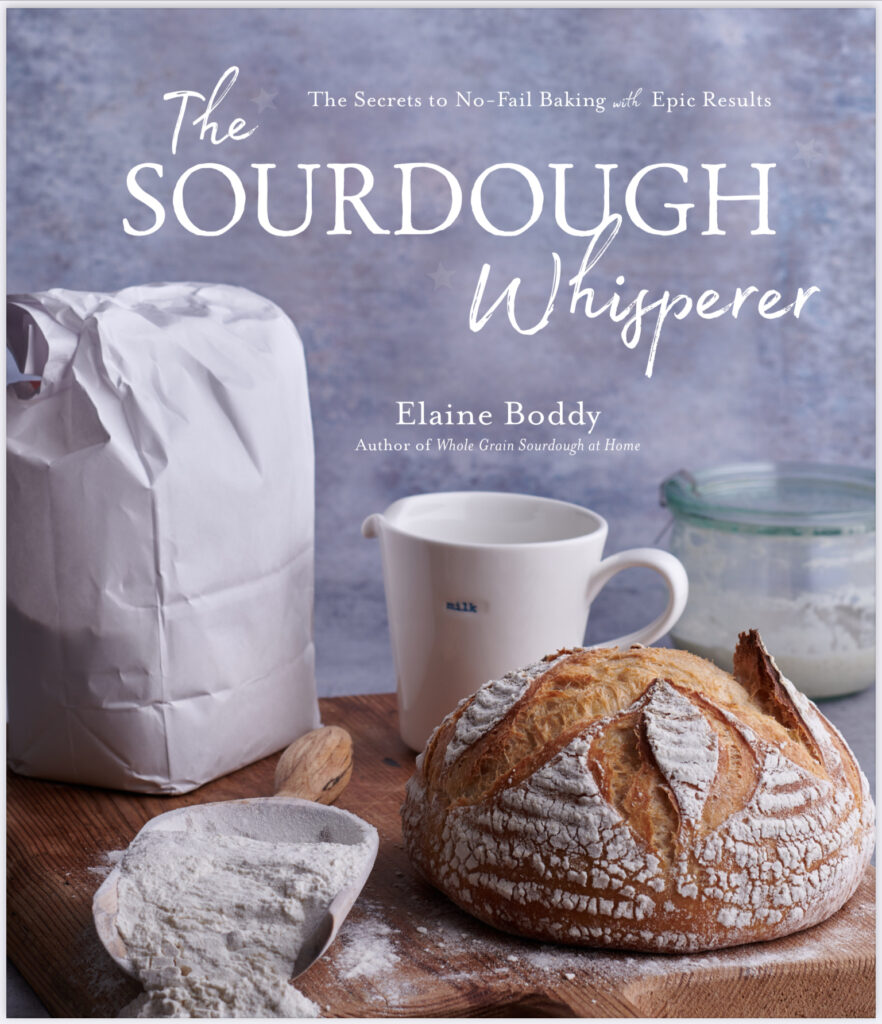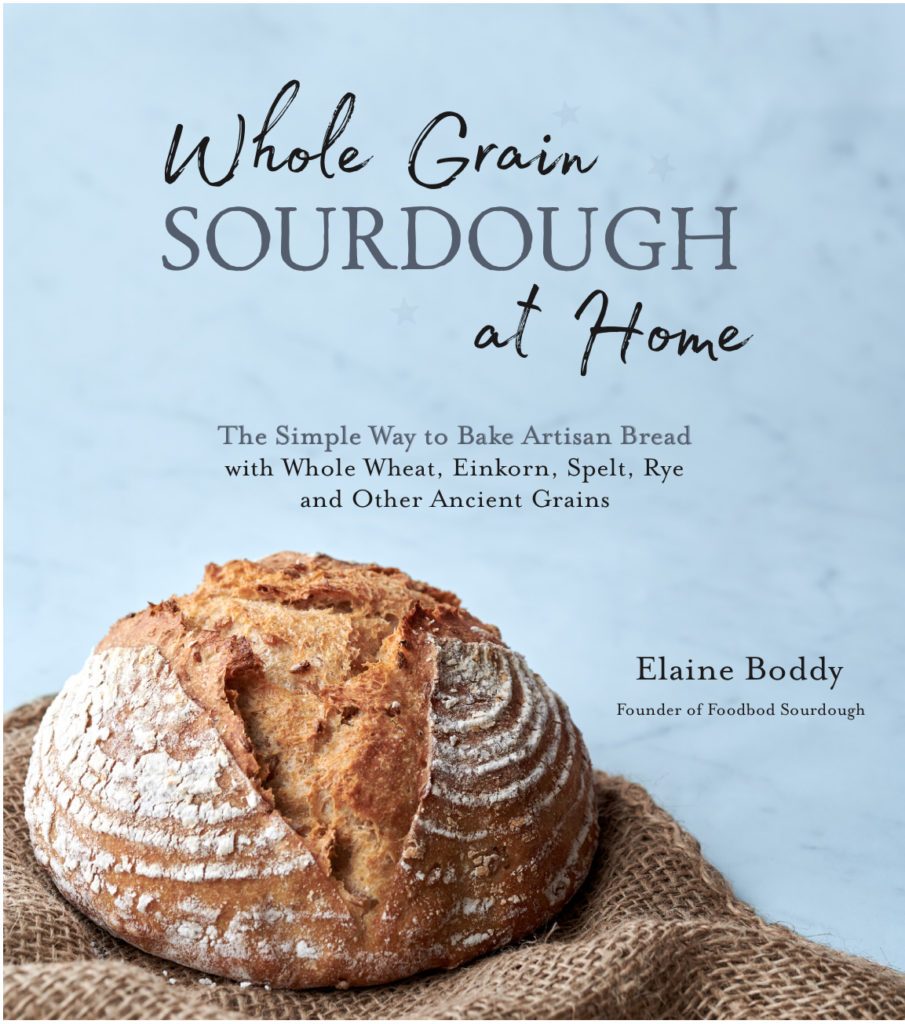
I am so proud to have published 3 books, they are my babies, and share every bit of my sourdough love within the pages. I am often asked ‘What is the difference between your books?’ So if you are wondering that, I thought I’d endeavour to provide the answers…
All of my books are good for anyone starting out with sourdough, but they are also equally good for anyone who already makes sourdough as both have lots of different recipes and ideas.
If you are new to sourdough, or would like to know the simplest way to make sourdough, or to know all the answers to all the questions you’ve ever had, and more, THIS book is for you:

This was my second book and is the perfect handbook for understanding everything you need to know about making sourdough, simply and successfully.
I explain how to make a starter, and I go into a lot of detail about managing and using your starters. I spent a lot of time testing ideas, timescales and experimenting with my starters, pushing the boundaries of how to use them to be able to share different timetables and give you full confidence in using your starter.
This book includes my master recipe and full step by step detail with lots of information and tips to help bakers, with answers to frequently asked questions, lots of timetables and timing options, and as much of information from my sourdough brain as I could download onto the page.
You will also find a chapter all about dough. Making, proving, reading, understanding and using your dough. It focuses on the freedom and confidence to know that the dough does not need to control you but that you are fully in control of the DOUGH, and how it to make that happen.
The book then goes on to talk about timing, and temperature, how they affect your sourdough making, how you can manage them, and even more simple tips for your success.
This book answers every question you’ve ever had about sourdough, plus many you didn’t even think you had. It is a one stop shop for sourdough making.
The recipes that follow are full of flavours, and shapes, and different timings. The recipes, all different from the first book, include full size loaves, baby loaves, enriched doughs, spices, fillings, same day recipes, focaccia, pizza, rolls, ciabatta, and more.
If you fancy making lots of different breads with your starter and having lots of fun with sourdough, you’ll love this one:

My third and latest book is my absolute most creative collection of recipes yet, I had great fun making and testing all of these, and really hope that you will like them as much as I do. For me, this is the perfect partner to my book above, it’s a great next step to expanding your sourdough baking.
There are 60 different recipes in the book, sweet and savoury, including free form loaves, sandwich loaves, enriched doughs, rolls, baguettes, Turkish pide, pizza rolls, apple roses, filled loaves, seeded breads, baby loaves, cheesy rolls, crackers, flatbreads, pizzas, focaccia….it goes on and on, there’s so much choice! It includes a whole new wealth of flavours, shapes and sourdough possibilities within the pages. All of the recipes have been designed using my trademark methods and simplicity. I have also worked hard to take out any challenging shaping and I have maximised the use of the pots and pans and oven trays that we all already own to ensure that we get the most out of them possible – you’ll find some great new ways to use your bread pans!
This book is about fun and diversity and getting as much as possible out of your starter.
If you fancy trying some different flours, including whole grains and ancient grain flours, you’ll like this one:

This was my first book and it also introduces sourdough and includes full details about what a starter is, and how to make one; it then goes into detail about wholegrain/wholemeal flours and ancient grains and heritage flours (spelt, emmer, einkorn, khorasan, rye), what they are, how they differ and how they behave in starters.
It then introduces my master recipe with lots of detail and answers all the questions you may have as you make sourdough. The book also discusses how the different flours will behave in doughs.
The recipes that follow include all of these flours too, in varying quantities, with tips about how the doughs will feel and behave, adding extras into doughs and handling doughs differently to make other things. They include full sized loaves, baby loaves, rolls, sandwich loaves, coil filled rolls, focaccia, same day recipes and crackers.
All of my books compliment one another, and also work perfectly as stand alone books. Bakers do not need to have them all – unless they want to of course…I hope this helps, if you have any further questions, please do contact me xx
What other people say:
“Each of your books simply whets my appetite for more –
Book 1 gave me the courage to start my sourdough journey,
Book 2 encouraged me to become more creative with my sourdough bakes and
Book 3 is a whole new world of devine recipes that I honestly cannot wait to try out!!
All three books include your principles for making sourdough easy & enjoyable plus tips & good housekeeping advice yet each book is very different in its own right and is worth its weight in gold!!
I applaud you Elaine, without your books I doubt I would have ventured into the wonderful world of sourdough & Foodbod Sourdough. Thank you!!”
Tracey Toner, The Lush Larder
“In my opinion, each book offers its own uniqueness. Yes, some basics are repeated which allows one to create successful sourdough makes without having to own all three books. However, if you want a complete understanding of all the ins and outs of just how flexible and simple sourdough baking can be, the three books are worth their weight in gold. Simply put, all future gifting to family and friends whom I have introduced to the world of sourdough will now receive all three. If your budget only allows for one book, I suggest The Whisperer.
Think of the books as classes – The Whisperer an Introduction or basic level course and the other two releases as building blocks.
I hope this helps those who are unsure of what to purchase.”
Mary Spurrier, home baker
